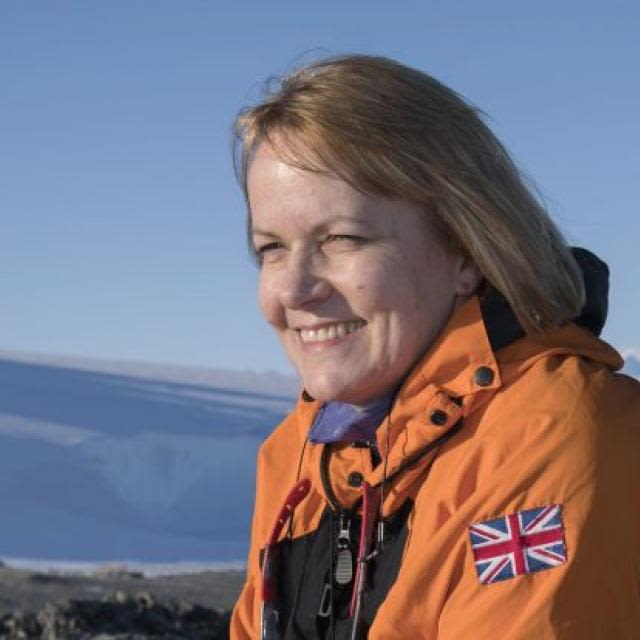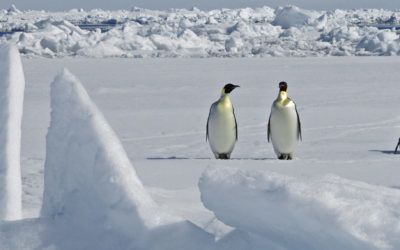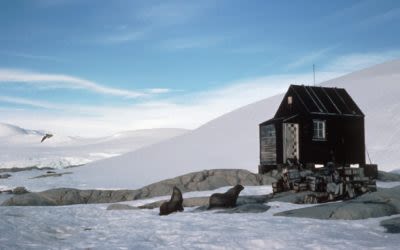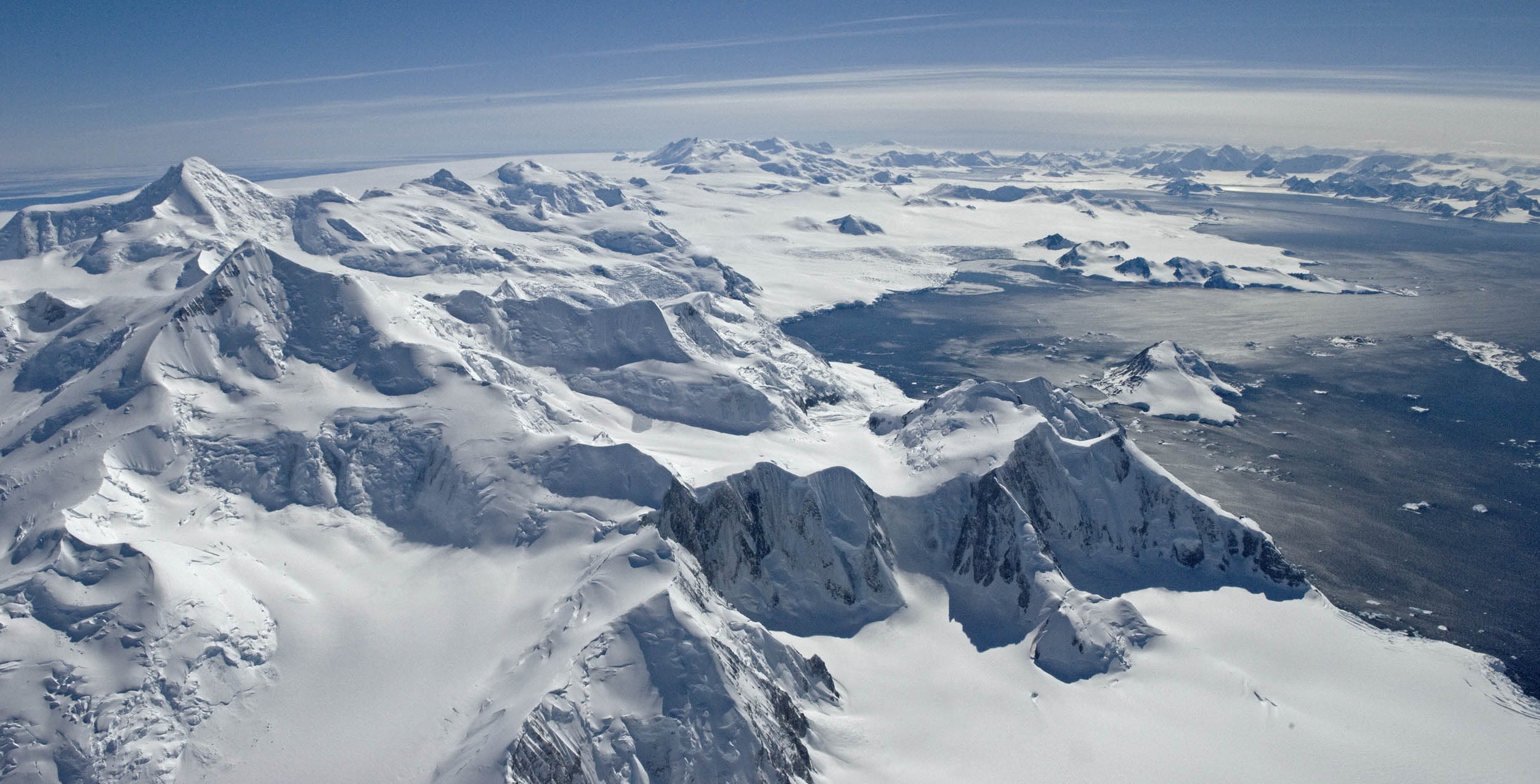The Polar Regions Today – a Snapshot in time
Professor Dame Jane Francis is a Fellow of Darwin College and Director of the British Antarctic Survey. In this role she is involved in international Antarctic affairs and Antarctic Treaty discussions. She is geologist and has undertaken many field seasons in the Arctic and Antarctic to study rocks and fossils to understand past climate change in the polar regions.

The Arctic and Antarctica sit at the extremes of our planet. In the north, the Arctic is an ocean basin covered with sea ice, surrounded by countries that have their own governments and Arctic inhabitants with long traditions. The Arctic is changing fast due to climate warming, shrinking the summer sea ice and transforming the landscape seen by early explorers.
In the south lies Antarctica, a land of superlatives – the icy landscape is awesome, the continent is almost twice the size of Australia, and it is the highest, driest, coldest and windiest continent on the planet. It is covered by an ice sheet that is over 4km thick in places and during the cold dark winter the surrounding sea freezes to almost double the size of the continent.
But things are changing. Despite its isolation, Antarctica is affected by climate change driven by human activity in lower latitudes. It is the quest of many scientists to understand just how the continent is being affected today because what happens in Antarctica has an impact on us all across the planet through changes to atmospheric and ocean circulation and sea level rise. The Antarctic ice sheet contains over 70% of the planet’s freshwater and is contributing to annual global sea level rise (>3mm p.a.) at an increasing rate as ice melts.
Observations by field scientists (both men and women, unlike earlier days), along with satellite observations, are revealing that ice sheets are threatened not from heat on the surface but by warmer ocean waters that are melting the undersides of ice shelves that fringe the edge of the continent. Scientists are worried that loss of these buttressing ice shelves that protect the ice sheets on land could result in dramatic ice melt and more rapid sea level rise. Cores taken from ice on Antarctica hold a unique record of past climate change and historical ice loss, allowing us to look back in the past to understand our future.
Unlike the Arctic, Antarctica is also unique in that it is the only continent on the planet which has no permanent human inhabitants, just seasonal personnel engaged in science. It is not owned by any one country but is governed by the Antarctic Treaty System via a legally binding set of international agreements to keep Antarctica as a continent for peace and science. Currently 55 countries have signed the Antarctic Treaty and meet annually to discuss human impacts and to protect the environment. Major discussion topics at Treaty meetings in the past year include the growing numbers of tourists to Antarctica and concerns about their impact on the environment, as well as the profitable but sensitive krill and fishing industries in the surrounding Southern Ocean.
The Antarctic Treaty is remarkable in that it has, so far, kept Antarctica safe as a result of negotiation, compromise, consensus and diplomacy. Sadly, international political tensions today reach even to the Antarctic. Let’s hope that we can keep Antarctica for peace and science and maintain its icy beauty for generations to come.




